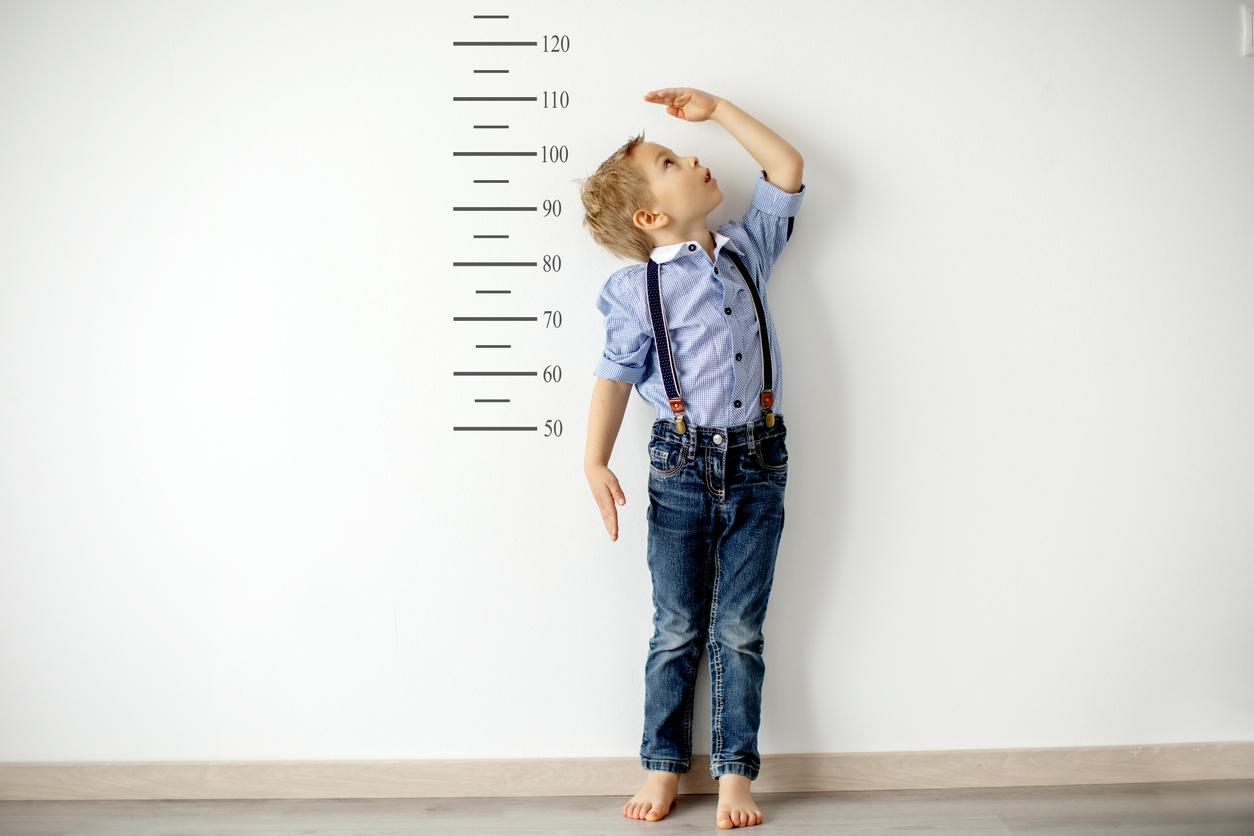Growing pains often appear in the legs or arms and, among the symptoms that allow them to be recognized, they can wake children up at night.

- Growing pains are usually mild.
- They concern both girls and boys.
- If the pain continues during the day, is localized or becomes disabling for the child, you should consult a doctor.
For girls, growth generally stops around the age of 14–16, while for boys it is around 16–17, depending on the National Institute of Health and Medical Research (Inserm). Sometimes, while growing, children experience pain in their muscles and joints, called growing pains.
Growing pains usually occur at night
Scientists do not know precisely what causes these ailments. There is also no scientific consensus on the definition of these growing pains. nor on how they should be diagnosed.
However, according to the pediatrician Bradley Weinberger, certain signs allow them to be recognized. First of all, the most painful areas are often the arms and legs. The periods when the child, both girl and boy, experiences them the most do not necessarily correspond to growth peaks.
The pain “may be linked to fatigue, posture differences, changes in physical activity and psychological stress, but we are not sure“, explains Bradley Weinberger.
As parents, certain signs can help you recognize these growing pains: if your child has pain at night, if he wakes up because of these pains, if he has pain in his legs and/or arms, and if the intensity and frequency of growing pains vary.
Consult if the pain becomes abnormal
Growing pains “usually occurs in the legs and lasts five to 20 minutesdetails Bradley Weinberger. There may be several nights between episodes (painful) or several nights in a row (painful).“However, growing pains are usually mild.
On the other hand, if your child presents the following symptoms, you should take him or her to see a doctor because they may be a warning of a more serious health problem:
- Persistent pain that continues to get worse
- Pain continues throughout the day
- Localized pain around a joint
- Redness, swelling, or stiffness around a joint
- Disabling pain that prevents the child from being active
The adult height considered normal varies between 162 and 190 centimeters for a man and 152 to 177 centimeters for a woman, according to Inserm.















